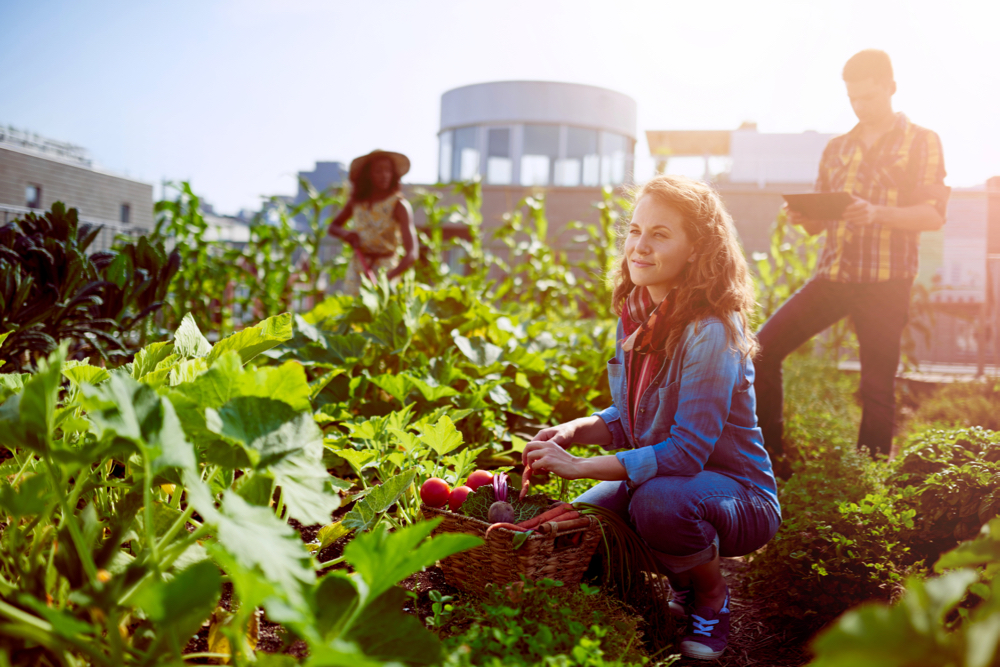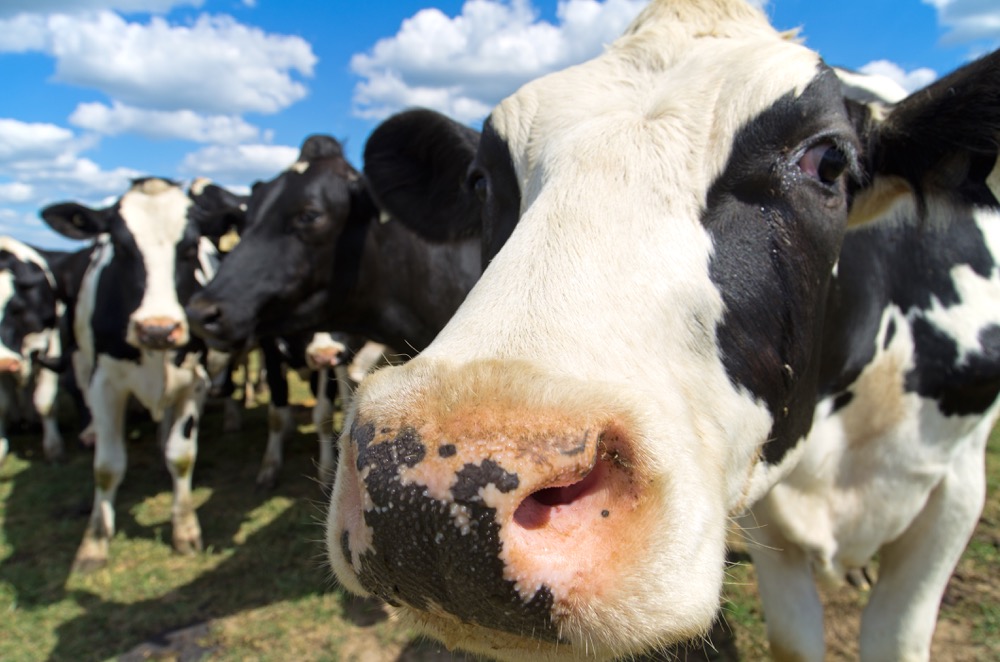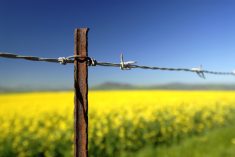As I stood in the desert with my colleagues, I realized that competing both economically and in volume to their level of production would be impossible.
The sand delivered 48 dry tonnes of forage in many harvests per year. More importantly, the long-term objective of turning the desert into food production was becoming a reality.
In a closed-loop system, desalinated (scrubbed) sea water was piped many miles through the Qatari desert to be held in above-ground reservoirs. Nutrients were added and this was applied with irrigation to permanent crops that included legumes. The stand was left undisturbed allowing for the soil to cool. The legumes were fed to livestock (goats and sheep) and the manure returned to the site. In time, sand becomes soil and food security becomes a reality.
Read Also

More precious than gold
When commercial fertilizers no longer meet the needs of the world’s farmers, the value of manure will grow, says Alberta Farmer columnist Brenda Schoepp.
How, someone asked, do you call that a closed loop or even an ecological success if the sea water is scrubbed? While it is true that taking the salt out of sea water is four times more expensive than drilling into an aquifer, the technology has advanced and ultimately may be the answer to global water shortages. (The majority of the world’s population lives on her coastlines.)
- More with Brenda Schoepp: We know how to make agriculture more resilient
Sea water used to be boiled and cooled but today is scrubbed through reverse osmosis — a technology many of us have in our homes to clean well water. New passive technology, such as floating porous sponges that hold sea water and warm it to the point of evaporation through solar energy, is being tested. With less than one per cent of the Earth’s surface in fresh water, there is a future in using sea water as a freshwater source. Many North American coastal communities already are serviced with drinking water from the sea.
Without science and without the development of complementary technology, there would be a dramatic gap in our need for global water and the availability of it.
Agriculture is one of the most technically advanced industries in the world. From genomics to autonomous tractors, fish tanning, electronic fields, plant tattoos and DNA-based food processing — this is the industry that must keep leading.
Not only does agriculture and agri-food carry the responsibility of food production, processing, preservation, identification and delivery; these industries are the global leaders in biosecurity and digital production. It is agriculture that is tied to human health and these cannot be separated. How can any society or government with an appreciation for social needs or a vision for the future withdraw, reduce or rescind on science and technology?
Investment in Canada follows the science and technology platform. One of the areas that global leaders in food talked about in my research was the environment of learning and doing that attracts investment. Bringing great minds to the table (from the young participant at the local science fair to the globally renowned researcher) is imperative for the future of our nation and for the global food supply.
Canada and her individual provinces must be seen as leaders in agriculture and food as well as food ingredient technology. We do not need to scrub sea water, but we do need to conserve and protect water to ensure the climate can react favourably. There is an interconnection in all things and in saying this it means that agriculture and agri-food must connect in a new way of knowing and doing with other industries that also impact the stability of the natural and economic environment.
Leadership, according to global leaders in food that participated in my research, is about curiosity. Leadership is not positional. It is looking for the open door, the unusual conversation, new research, technology and possibility. This culture must be reflected from grassroots research to academia and be invitational. Then and only then, will investment into alternate technologies that create unique, safe and economically viable options be possible.
When I succumbed to sepsis in 2006, I needed all the medical science and the most advanced technology available to keep me alive. When I returned home I needed clean, nutrient-dense food to help me recover. As I sustain my life I need natural options that are not invasive but proven, to keep me going. And as I have full antimicrobial resistance, I support further research in all areas of conventional and natural medicine, in plant and animal food development, in digestible processed food alternatives, in food safety and in clean air and water.
I also understand that building soil in a world where it is sifting through the hands of industry and urbanization is a noble and necessary act. That soil built from scrubbed sea water and bionutrients in the middle of the desert will over time change the climate of that space and invite change.
It is the research behind the current and future practice of turning water from the sea into a clean and clear alternative that brings us hope. We must let science live!
















